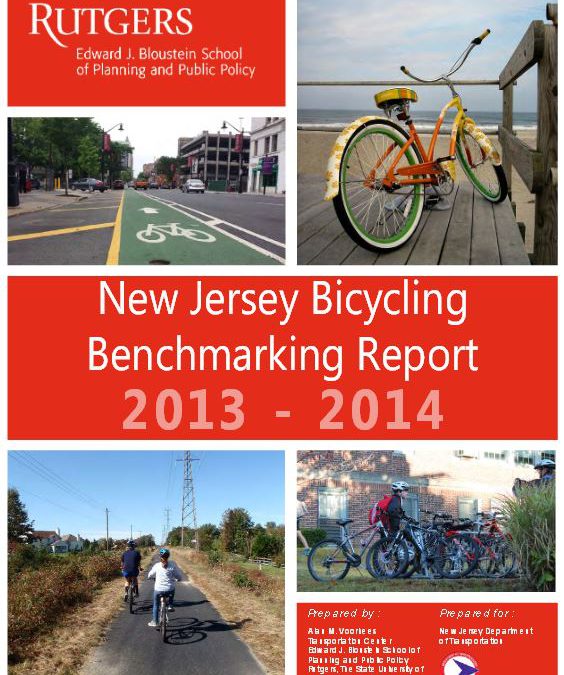The NJDOT Bicycle and Pedestrian Resource Center’s newly released New Jersey Micromobility Guide summarizes state laws and best practices for safely riding, charging, and storing micromobility devices in New Jersey.


The NJDOT Bicycle and Pedestrian Resource Center’s newly released New Jersey Micromobility Guide summarizes state laws and best practices for safely riding, charging, and storing micromobility devices in New Jersey.

The report provides a comprehensive summary of the bicycle environment at the municipal level throughout the state, using extensive data from 60 municipalities as a baseline.
This report is intended to extend and update the information provided in the 2010 Pedestrian Safety Tracking Report. Data presented in this report...
As tax relief and aid diminish each year while transportation costs rise, New Jersey school districts are under increasing pressure to consolidate,...
Research on the state of the school crossing guard training and working conditions in New Jersey led to the development of current best practices in...
School districts throughout New Jersey are forced to make budget cuts, and transportation particularly courtesy busing or non state-mandated busing,...
Due to the significant number of bicyclist fatalities and injuries that occur as a result of accidents with motorists, bicyclists in many states,...
School policies play an important role in determining how students get to and from school each day. However, information on the consistency and...
This memorandum contains a brief analysis of the pedestrian crashes pre- and post-improvement along three corridors in New Jersey: downtown Newark...
The Bicycle Activity and Attitudes Survey was a random-digit dialing anonymous telephone survey of households in the state of New Jersey, conducted...
Objective While fatal crashes are available through the Fatality Analysis Reporting System (FARS) and are readily available to the public, many states do not make their crash data easily accessible for the public and the research community. The public has an interest...
Through this research, NJ TRANSIT sought to understand how women and members of the lesbian, gay, bisexual, transgender, queer plus community, sometimes referred to as sexual and gender minorities (SGMs) travel on NJ TRANSIT so the agency can provide better...
Recent advances in biometric sensing technologies, such as eye tracking, heart rate trackers, and galvanic skin response (GSR) sensors, offer new opportunities to measure pedestrian stress level and their travel experiences in real-time. Uncertainty remains about...
Background Increasing evidence positively links greenspace and physical activity (PA). However, most studies use measures of greenspace, such as satellite-based vegetation indices around the residence, which fail to capture ground-level views and day-to-day dynamic...